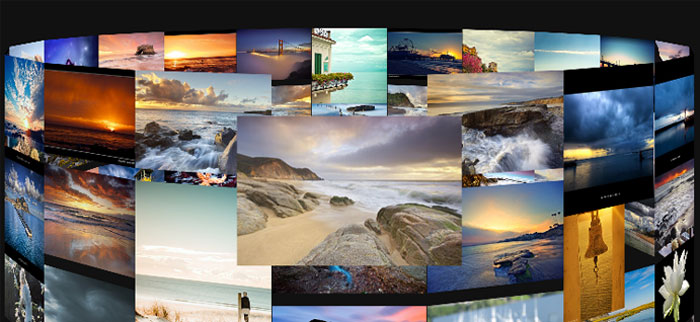Last year I wrote a post on how to use the jQuery UI slider widget for time ranges. I got emailed a question about it two weeks ago and looking back at the code, I realized there were many things that could be done much better. So I decided to rewrite the code as a jQuery UI plugin wrapping the slider widget and put it on GitHub.
Hopefully the code is now cleaner, more efficient, and easier to understand. You can see the demo here

